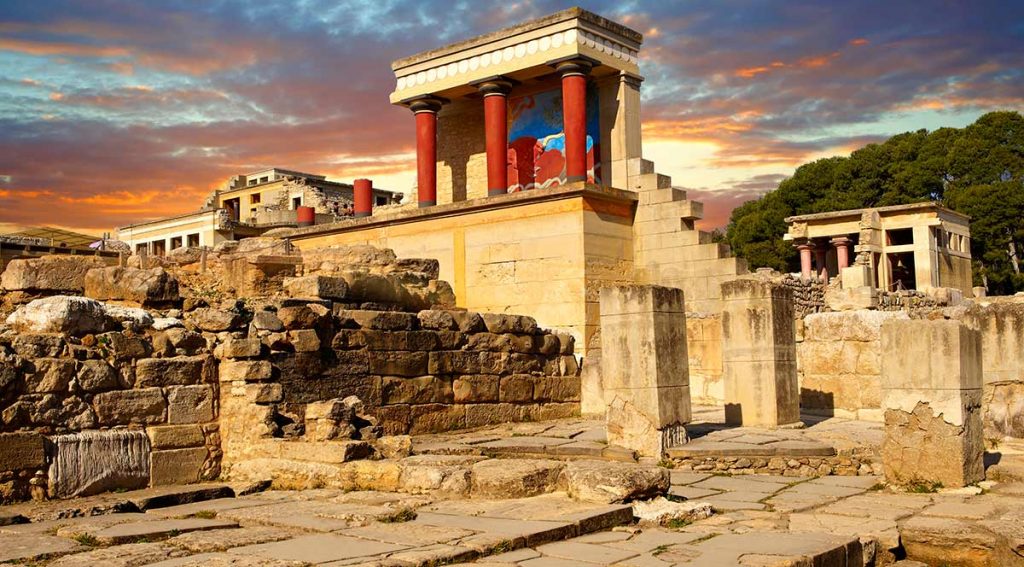“No other site in the Aegean period has such a range of imports,” – Antonis Kotsonas, assistant professor of classics at University of Cincinnati.

PHOTO: argotravel.com
KNOSSOS, CRETE – Knossos, Europe’s oldest city and home to an extensive bronze-age trading empire, is still producing treasures for the archaeological and historical community with every new excavation.
Over the past decade, the Knossos Urban Landscape Project has been responsible for uncovering thousands of historical artifacts, some of which date all the way back to the Iron Age.
The palace of Knossos, on the Island of Crete, is a popular tourist attraction. There’s been a huge demand for development in the area, and archaeologists and historians have been trying to remind the public that it’s important to keep the area preserved. As these new finds have proved, there’s still so much more history left at Knossos to uncover.
Knossos was the capital of the ancient Minoan civilization, a pre-Greek, trade-based society that had trade networks with Egypt, the Middle East, and, some experts believe, even China. The Minoans were famous for their distinctive pottery, their untranslatable language, and their gorgeous frescoes. Their city is linked to all sorts of Greek myths, including Atlantis, King Minos and the Minotaur, Daedalus, and Icarus. Crete is considered by many to be the birthplace of European civilization.
![The famous Minoan bull-jumping fresco. [PHOTO: pinterest]](https://historythings.com/wp-content/uploads/2017/01/b1c33e2e84452859e37f11c8303aa354.jpg)
The famous Minoan bull-jumping fresco. Nobody really knows why the Minoan youths went bull jumping, but the sport is commonly depicted in archaeological sites across Crete. [PHOTO: pinterest]
“Recent fieldwork at the ancient city of Knossos on the Greek island of Crete finds that during the early Iron Age (1100 to 600 BC), the city was rich in imports and was nearly three times larger than what was believed from earlier excavations.” – Dr. Antonis Kotsonas.
The find includes all sorts of bronze and other metals, jewelry, and the famous Minoan pottery. The artifacts were spread out over an extensive area that was much larger than what experts had originally thought the Minoans had occupied. Dating on these artifacts revealed that the Minoan civilization did not completely collapse after 1200 BC, but that Knossos recovered, grew, and even thrived as a trade hub of the Mediterranean.
So, what brought this rich civilization to its knees? Not the volcanic eruption of Thera, that’s for sure. It seems archaeologists are going to have to look elsewhere for answers.

